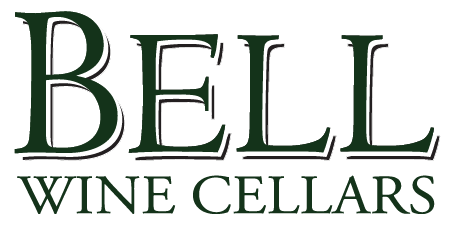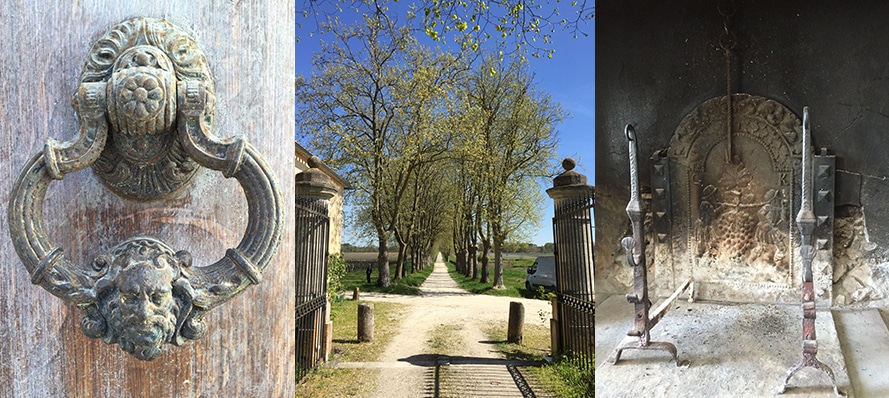Napa has long used the wines of Bordeaux as a measure of quality, a goal, a definition of style. And why not? Bordeaux has two thousand years of wine production, reaching back to the days of the Roman empire and it’s thirsty citizens in the first century AD. The middle ages saw millions of bottles of Bordeaux delivered to England’s shores. Global trade in the 1700’s produced a wealthy merchant class famous for their robes trimmed in ermine. In its most recent incarnation, Bordeaux has captured the attention of the world with sky high prices, even in the futures markets, and the magnificent chateaux of the 18th and nineteenth centuries continue to inspire dreams among all of us, along with Disney. Venturing past the entrance of the most highly esteemed wine producers is difficult unless you are an influential member of the trade in many cases. So it was with great curiosity that Anthony and I arrived in early April, ready to take a measure of this vaunted region, and tasting as much as we could of its famed wines. We were not disappointed.
The size of the area is daunting, but it is precisely the size that contributes to Bordeaux’s many different faces. Drive an hour or two in any direction away from the city and you’re in a unique region, each utilizing a particular grape, or singular growing conditions, or unique production methods. Virtually every soil type in each area is cited as the reason for their success and quality. Vineyard rows contain visually distinct differences; they could include limestone bedrock, stone from distant granite formations, pebble or gravel beds from decomposing mountain ranges, marine sands, sedimentary layers of mud. All are celebrated and incorporated into the story of their wines, some from vines with roots stretching well over 100 feet down.
Who isn’t completely charmed by St. Emilion, with its hermit’s cave and multitude of wine shops? How amazing that the fortuitous meeting of two rivers of differing temperatures creates the humidity that makes botrytis possible in Sauternes and Barsac! Cognac begins with the harvest of white grapes, but ends as a glowing golden liquor that could easily capture my nose for hours. And the magnificent, breezy expanse of Medoc, ever close to the river, was simply astonishing, in part because it was so thoroughly dotted with extraordinary chateaux commanding attention, yet the narrow streets were nearly empty. We visited on a lovely Friday and were often the only vehicle on the road – unheard of in Napa! Bordeaux is clearly not yet the hotbed of tourists that our valley has become.
The next time you’re at the winery, we’ll still be including references to Bordeaux and its influence on our wines, but now we’ll be doing it with feeling. We’ll have some under the radar places to recommend, and a couple of exceptional places to enjoy a delicious meal. Exploring the beautiful, vibrant city of Bordeaux will have to wait for our next visit. On this visit, discovering wines the length and breadth of Bordeaux was more than enough.

